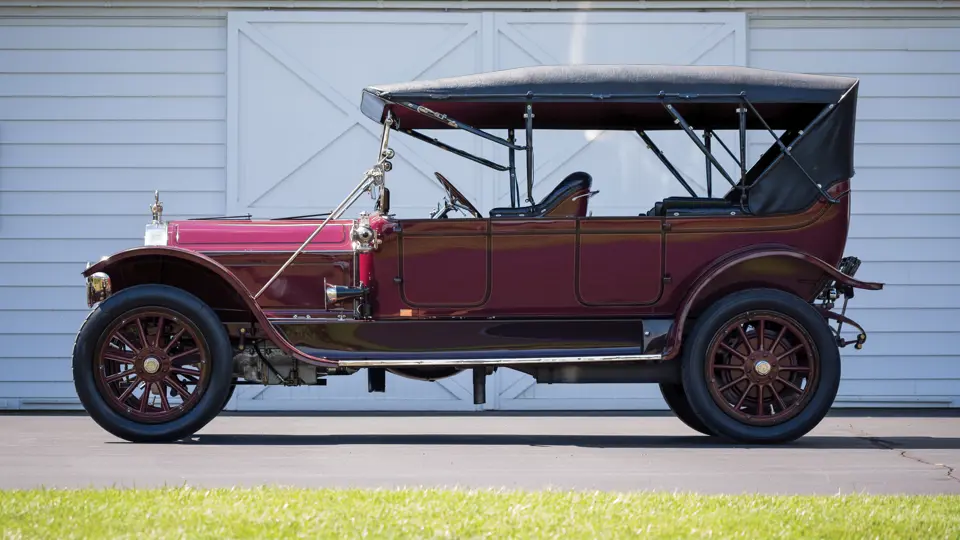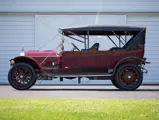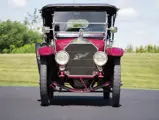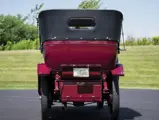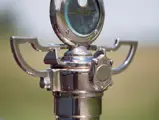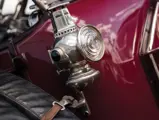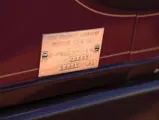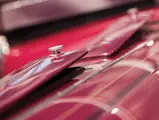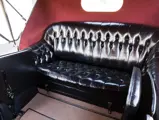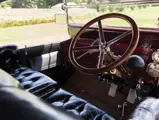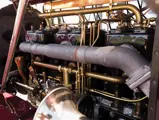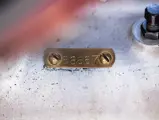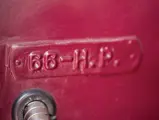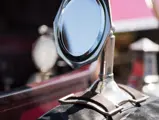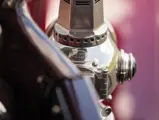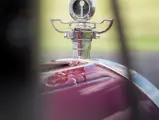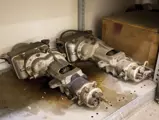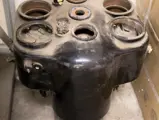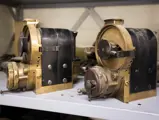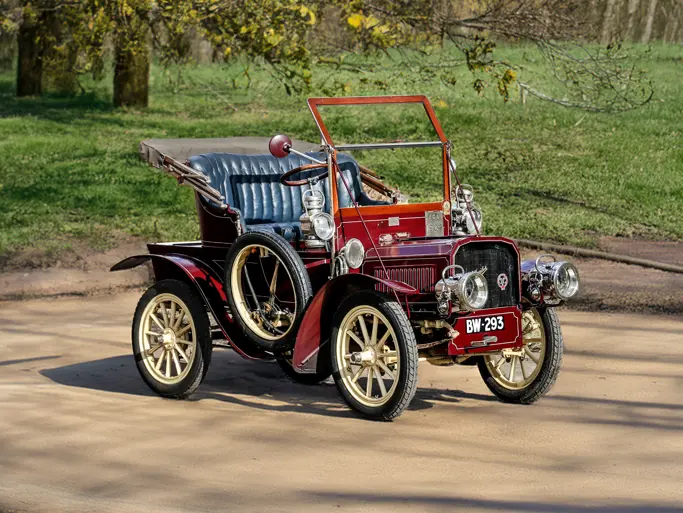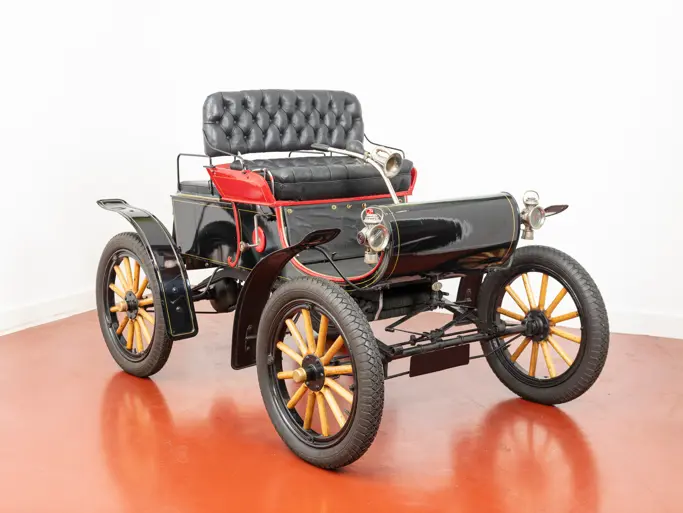66 hp, 824.7 cu. in. T-head inline six-cylinder engine, four-speed manual transmission, solid front and live rear axles with three-quarter elliptical leaf-spring suspension, and front drum and rear-wheel hydraulic brakes. Wheelbase: 147.5 in.
The Model 66 Pierce-Arrow occupies the same position among Brass Era automobiles that the Bugatti Type 41 La Royale does among its Classic Era brethren. It was the largest, grandest, and most potent thing produced by a manufacturer during its time. For collectors of contemporary automobiles, it is simply the Holy Grail.
The 66 was named for the rated horsepower of its engine, a massive inline six-cylinder mill that, at its introduction in 1910, displaced an immense 714 cubic inches. By 1913, the engine had swelled to nearly 825, and while its name remained the 66, its rating had increased to nearly 100 horsepower. More importantly, the long stroke created the prodigious torque needed to propel its massive chassis and typically luxurious, regal coachwork, usually built, in Pierce-Arrow’s innovative tradition, with cast aluminum panel work and very little wooden framing. For some years, the model was recorded in Guinness World Records as having the largest engine installed in a production automobile.
Some 1,250 Model 66s were built between 1910 and 1918, but only 14 survivors are recorded today. Almost all are held in private collections and rarely, if ever, emerge for sale on the public market.
THE FIRE DEPARTMENT 66
The car offered here, chassis number 66667, is believed to have been originally delivered in Chicago with a seven-passenger touring body identical to that which is presently fitted. In the early 1920s, it was acquired by the Minneapolis Fire Department, which was attempting to change from a horse-drawn fire department to a motorized one. Looking for the most cost-effective means of doing so, they set about buying a collection of used high-horsepower automobiles and converting them to various fire-fighting uses. The majority of these cars were Pierce-Arrows, of which the department purchased about 40 between 1920 and 1924.
Information on file indicates that chassis number 66667 operated in various forms in Minneapolis, including as a “Chief’s Limousine,” and that it was rebuilt, following a 1927 accident involving another fire truck, with an incorrect radiator and standardized front fenders. It was eventually retired in 1948 and sold to another, smaller Minnesota fire department, where it served until the late 1950s. It was then purchased by KICD, a radio station in Spencer, Iowa, and used as a promotional vehicle.
Ben Saunders, owner of KICD, eventually donated the Pierce-Arrow to the Sioux City Shriners. The Shriners were disappointed to find that the grand car was not in running order, but they found a solution in local enthusiast Irving Jensen. Jensen was allowed to purchase the car on the condition that he would restore it and that the Shriners would be allowed to use it as a parade vehicle for the next 10 years. This they did, and Mr. Jensen set about returning the Model 66 to its original form, including having former Harrah’s Automobile Collection “body man” Ray Graber, of San Diego, recreate the original cast aluminum coachwork from the cowl back. Red’s Metal Shaping built the new front and rear fenders and hood, while Lief Drexler, of Quakertown, Pennsylvania, did the upholstery, top, side curtains, top boot, and rugs.
While in Mr. Jensen’s ownership, the Pierce-Arrow appeared at the Pebble Beach Concours d’Elegance (surely one of very few Shriners parade vehicles to do so!), as well as at an AACA meet in Wisconsin and the Pierce-Arrow Society’s National Meet in Minneapolis.
Approximately 15 years ago, the car was acquired from Mr. Jensen by its present owner. He takes pride in the fact that, unlike the majority of extant “66s” which are show queens, this one has been built and maintained to run. Accordingly, the ignition has been modernized and an electric starter added, although, as the owner notes, the original compressed air starter still works just fine and could be used if the new owner wished. All of the original parts that have been removed from the car are being sent with it to the auction and will be supplied to the winning bidder, including the correct belly pans under the engine, which were off the car at the time of photography.
The car has been on more than a dozen long-distance tours, including a 2014 tour in Michigan that saw it driven over 1,200 miles, largely over hills and mountains, during which no car was able to pass the massive Pierce. The owner reports that he has never failed to complete a tour in this car.
One of the most impressive, dramatic, and desirable Brass Era automobiles, a Model 66 Pierce-Arrow is a must-have for any collector of cars from this era. Survivors are very difficult to find and even more challenging to successfully acquire; here, then, is an extraordinarily rare opportunity.
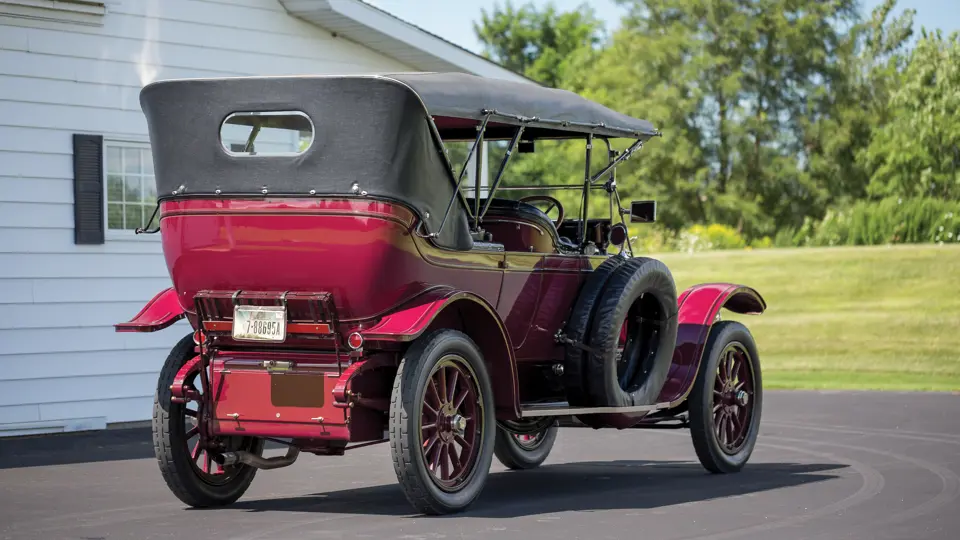



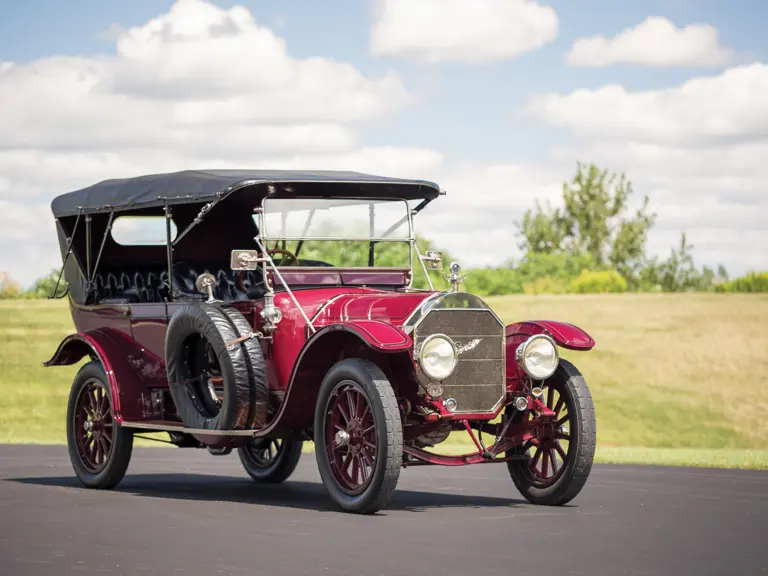
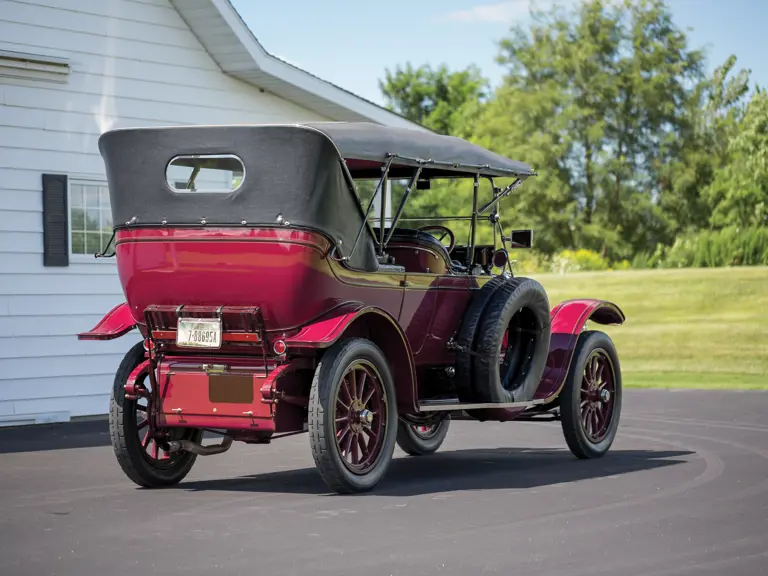
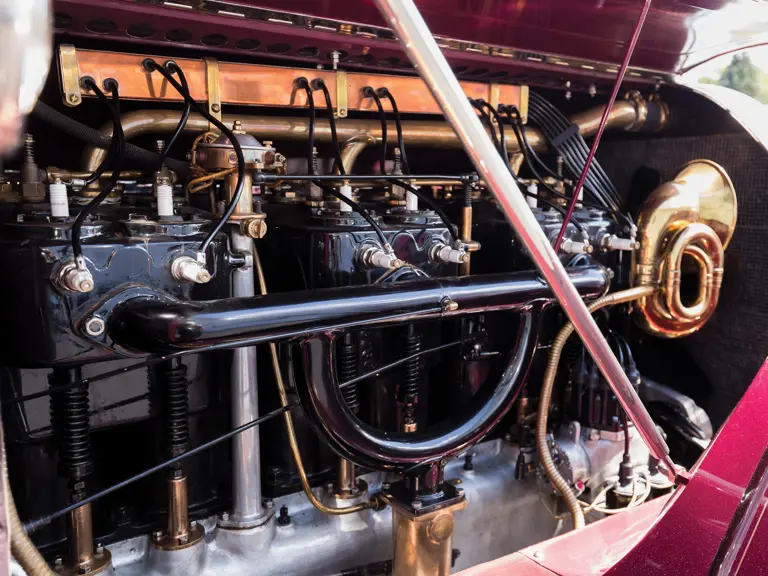
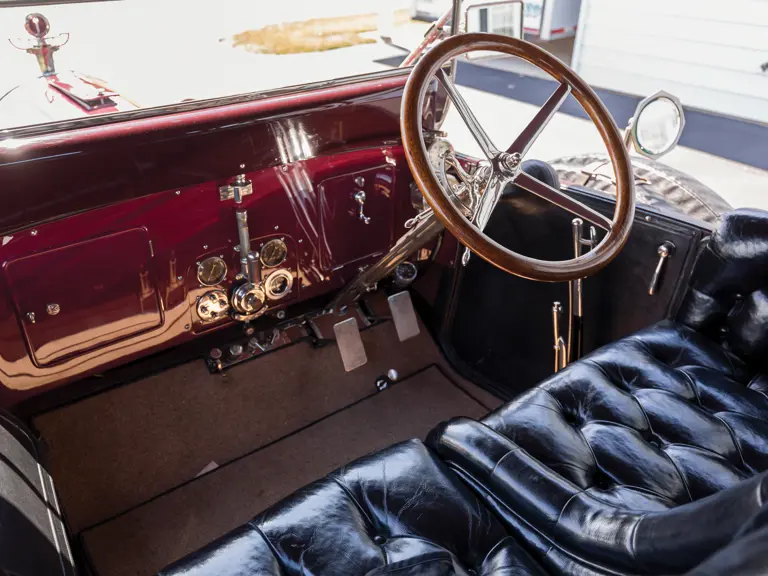
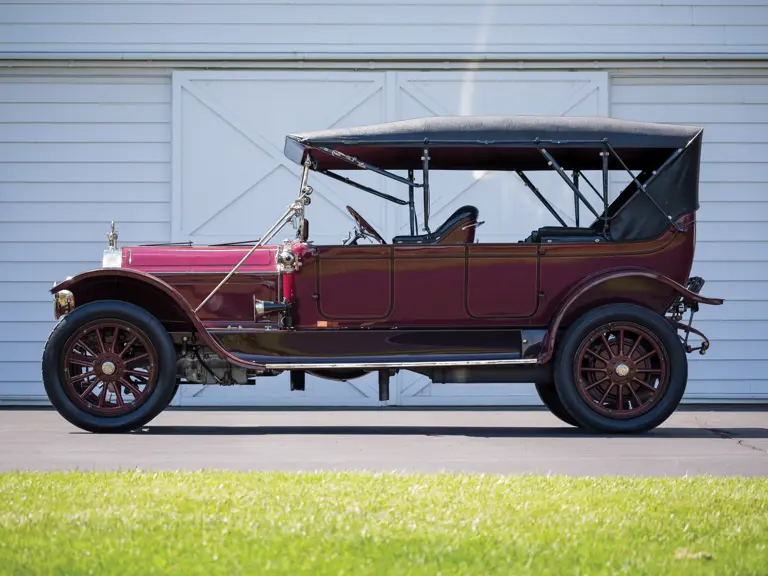
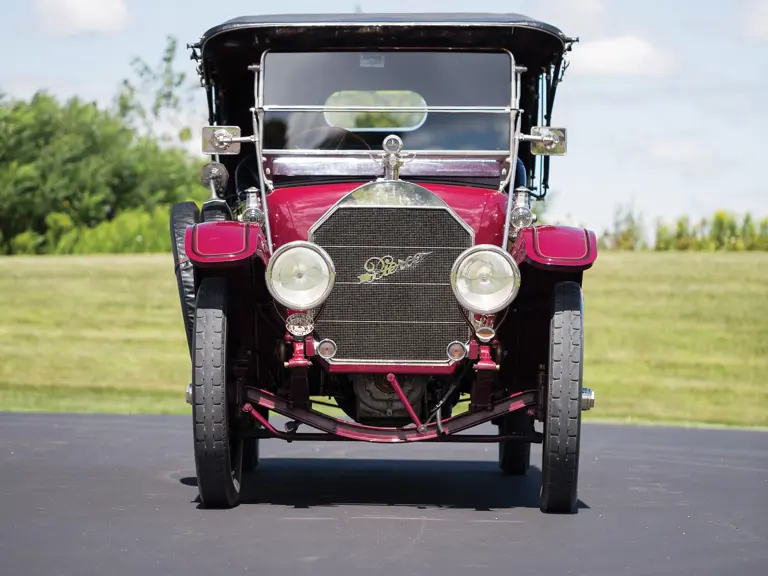


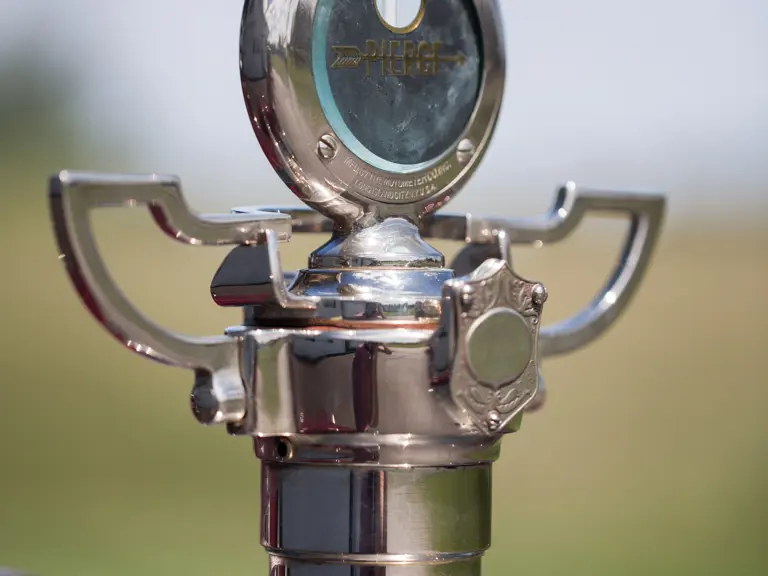
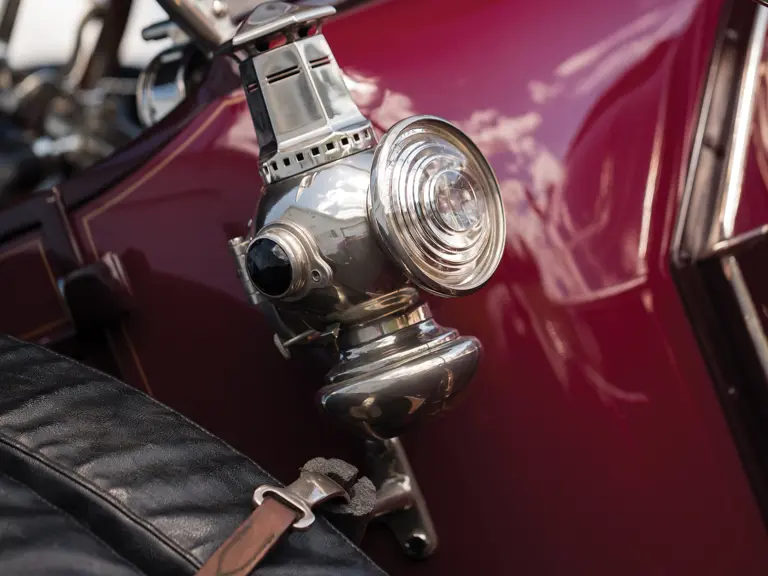


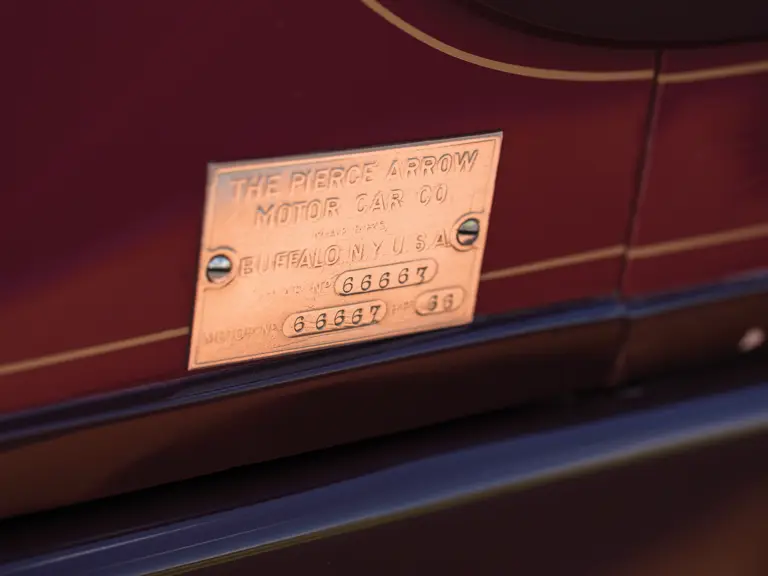
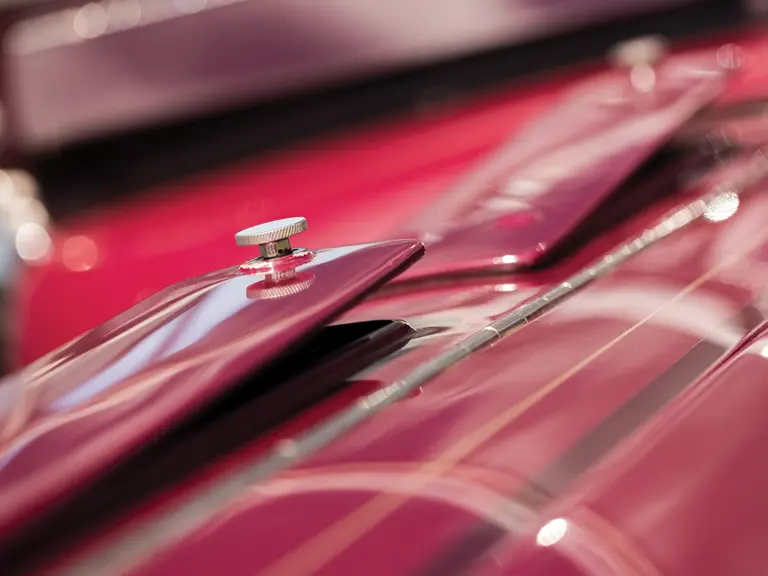


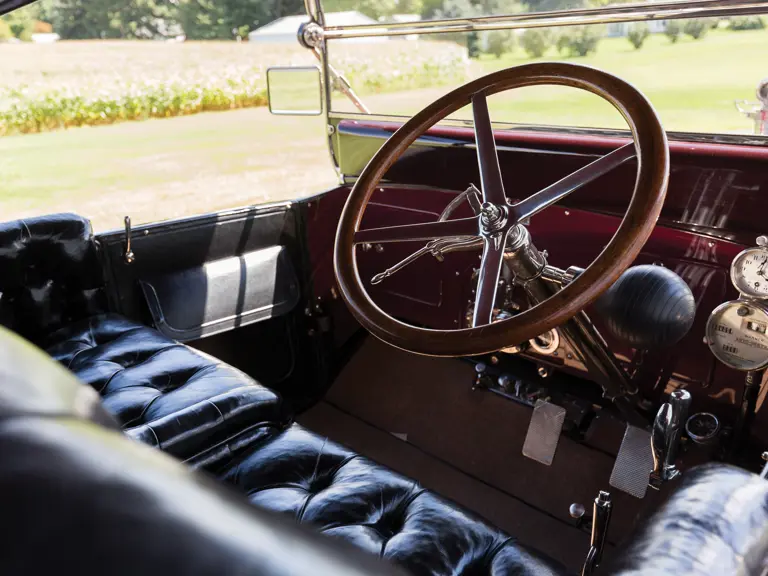

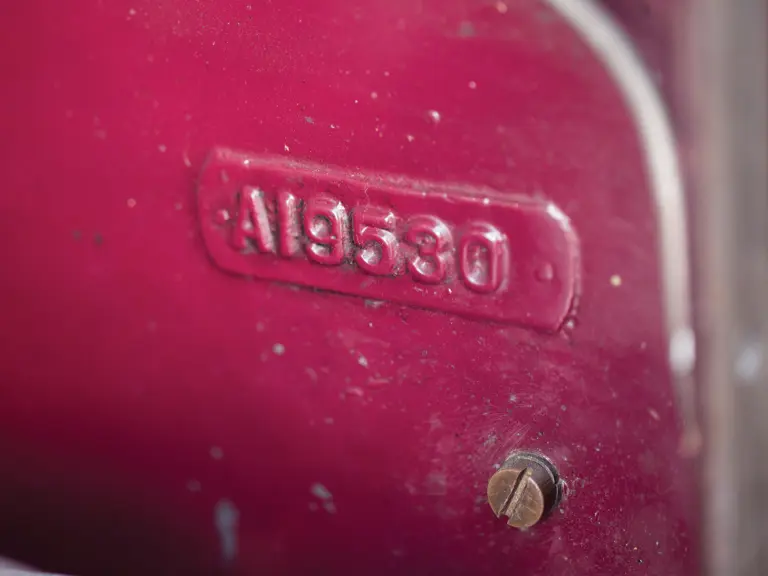
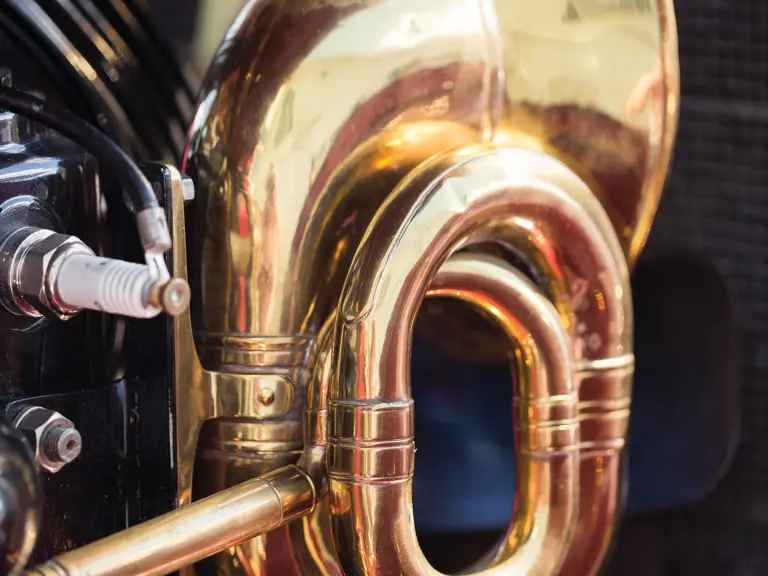

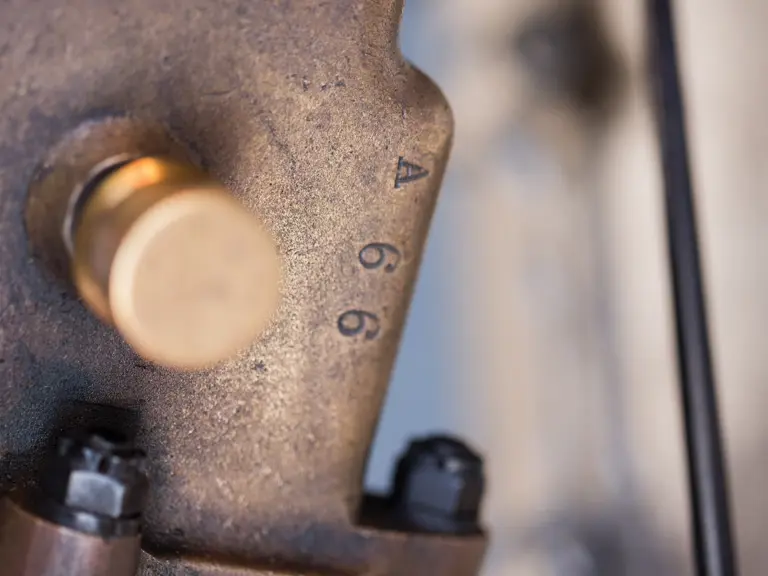

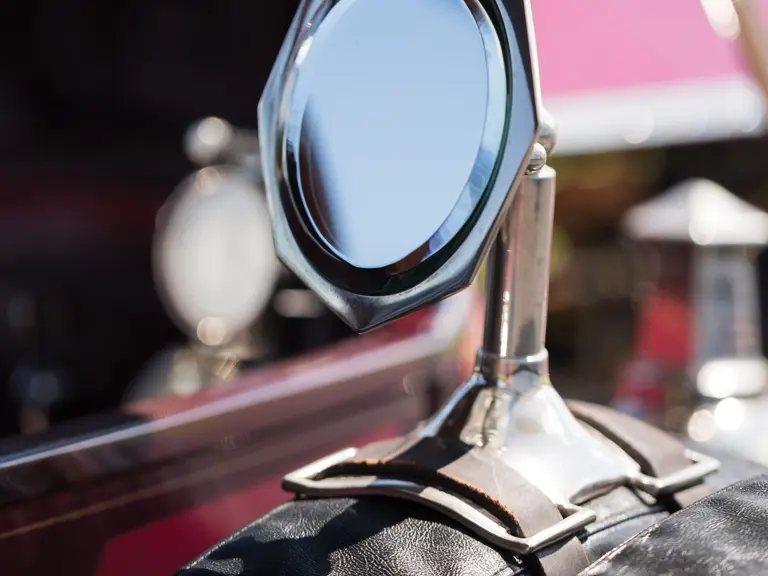
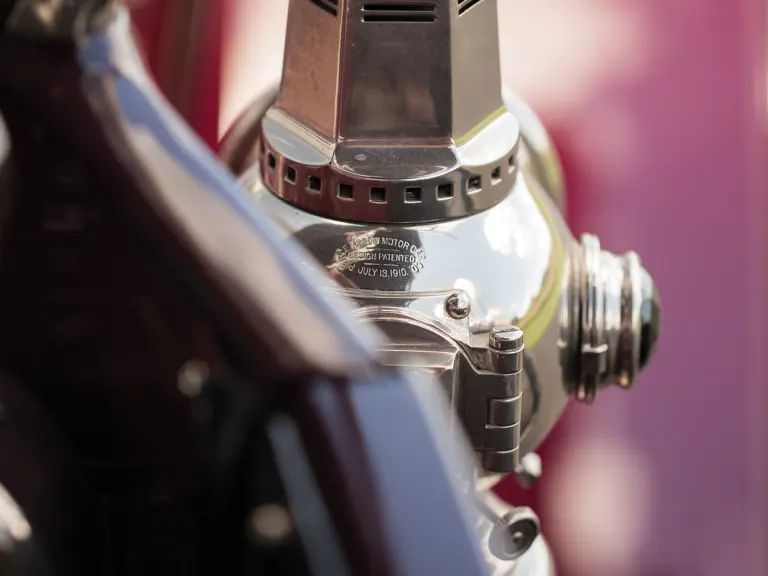



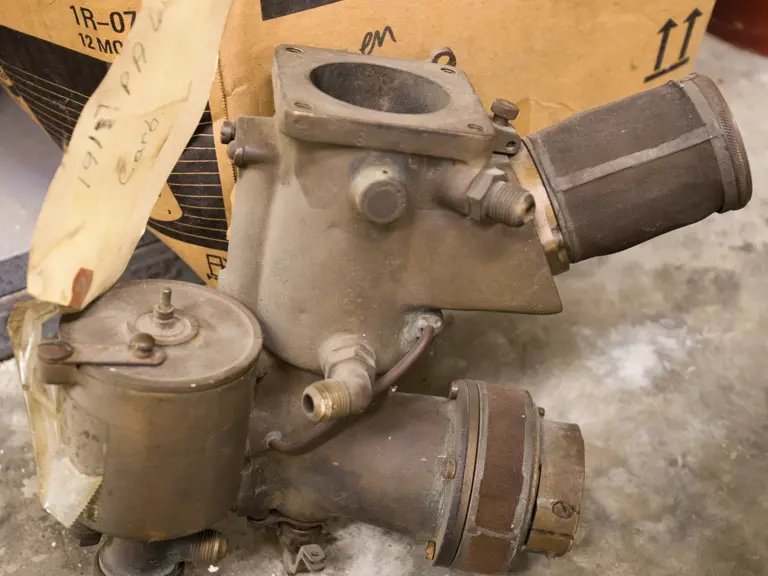



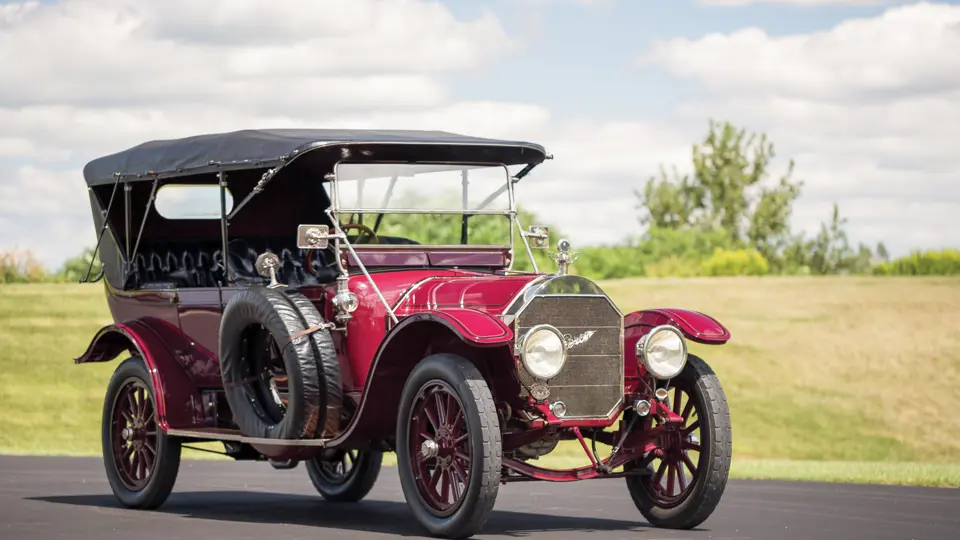
 | Hershey, Pennsylvania
| Hershey, Pennsylvania
